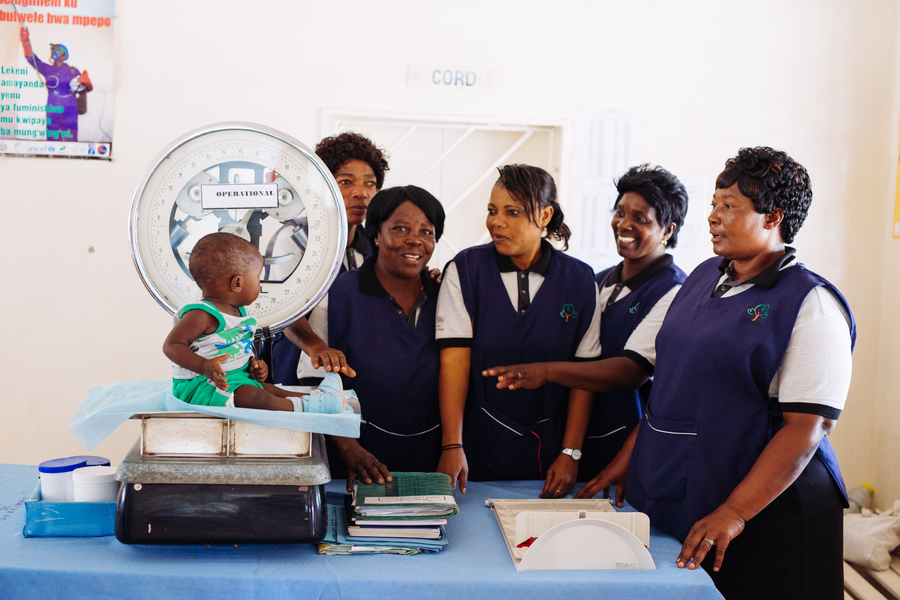Hand Hygiene for All
|
Three billion people – 40% of the world’s population – do not have a place in their homes to wash their hands with water and soap. Three quarters of those who lack access to water and soap live in the world’s poorest countries and are among the most vulnerable: children and families living in informal settlements, migrant and refugee camps, or in areas of active conflict. This puts an estimated 1 billion people at immediate risk of COVID-19 and other diseases simply because they lack basic handwashing facilities.
The Hand Hygiene for All report, published in June 2020, is a call to action to make universal access to hand hygiene a reality for everyone. The initiative was led by UNICEF and the World Health Organization (WHO) and supported by the World Bank, Sanitation and Water for All, International Federation of the Red Cross and the Red Crescent Societies (IFRC), London School of Hygiene and Tropical Medicine/Hygiene Hub, International Labour Organization, United Nations Refugee Agency (UNHCR), Global Handwashing Partnership, and WaterAid.
Key messages:
-
Hand hygiene facilities are lacking even in places where they are most needed. Nearly half of all schools do not have handwashing facilities with water and soap, affecting 900 million school-age children, and 43% of health care settings do not have hand hygiene facilities at points of care where patients are treated.
-
With limited or no hand hygiene facilities and improvement programs, health care workers’ compliance with hand hygiene best practices can be as low as 8%.
-
To beat COVID-19 today – and be better prepared for future pandemics and other threats like drug resistance – universal access to hand hygiene must become a reality for everyone, in all settings, and especially in health care facilities, schools and crowded public spaces.
-
Scaling up hand hygiene in all settings could potentially prevent an estimated 165,000 deaths from diarrheal diseases each year. Scientific evidence and experience from WHO has also shown that improving hand hygiene strategies in health care can reduce health care-associated infection and antimicrobial resistance.
-
Hand hygiene is also one of the most cost-effective ways to prevent the spread of infectious diseases. The cost of implementing hand hygiene strategies in health care facilities is low: estimated between US$0.90 and US$2.50 per capita per year, depending on the country. Improving hand hygiene policies can generate savings in health expenditure up to 15 times the cost.











